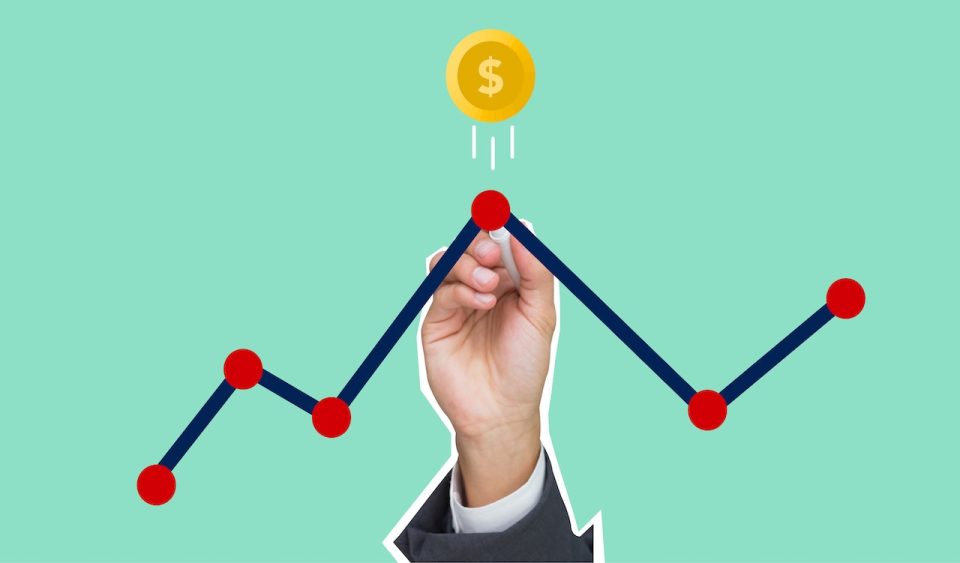Economists surveyed by Bloomberg News anticipate that the Federal Reserve will enact one additional interest-rate hike in the current year, with rates poised to remain at their peak level well into the next year, signaling confidence in the robustness of the US economy.
According to the survey, the Federal Open Market Committee (FOMC) is expected to maintain rates within the range of 5.25% to 5.5% during its meeting on September 19-20. This range is anticipated to persist until a projected initial reduction in May of the following year, marking a two-month extension from the economists’ viewpoint in July.
Projections suggest that policymakers are inclined to revise upward their expectations for the US economic landscape, as indicated in the so-called “dot plot” contained in their quarterly Summary of Economic Projections. While one additional rate hike is foreseen for this year, the surveyed economists do not anticipate a final increase.
Federal Reserve Chair Jerome Powell and colleagues have indicated an intention to temporarily halt rate hikes this month, marking a shift toward a more measured approach as they approach the apex of the tightening campaign. Powell emphasized last month at the Kansas City Fed’s conference in Jackson Hole, Wyoming, that inflation rates persist at levels deemed excessive, and central bankers stand ready to implement further tightening measures if deemed necessary.
At the heart of the September meeting’s deliberations lies the impetus of a resilient economy. The median committee member is likely to assess economic growth for the year at an impressive 2%, doubling the previous 1% forecast in June, and significantly surpassing the 0.4% projection from March. Moreover, it is anticipated that a more robust labor market will be forecasted, with the unemployment rate, currently standing at 3.8%, expected to edge up by 0.1 point to 3.9%, either on par or lower than the 4.1% rate estimated in June and the 4.5% in March.
Joel Naroff, president of Naroff Economics LLC, observed, “The most interesting element could be views on future rate hikes. What we don’t have any idea about is what fed funds level is considered to be too high.”
Forecasts are also expected to include the committee’s inaugural glance at 2026. At the end of that year, the median policymaker anticipates rates to reach 2.6%, slightly surpassing the estimated long-term rate of 2.5%.
The committee’s forecasts are anticipated to continue indicating an elevated inflation rate, projecting a year-end figure of 3.2%. The outlook for underlying core inflation, which excludes food and energy, has slightly improved at 3.8%. Economists expect policymakers to forecast achieving their 2% inflation goal in 2026.
This survey, conducted from September 11-14, included responses from 46 economists. Recent economic data have consistently exceeded expectations, necessitating the maintenance of higher rates for an extended period to alleviate price pressures and return inflation to its 2% target. However, most do not anticipate the need for another interest-rate hike by the Federal Reserve.
Kathy Bostjancic, chief economist at Nationwide Life Insurance Co., noted, “The Fed is and should take some comfort in the overall deceleration in inflation and wage growth. However, with both still running still too high for full comfort, the guidance from the Fed and Chairman Powell will risk erring on the hawkish side.”
In July, the FOMC raised its benchmark rate to a range of 5.25% to 5.5%, marking a 22-year high. While the committee is expected to project one more hike in its forecasts, economists are divided on its likelihood, with about a quarter anticipating further tightening.
Dennis Shen, senior director of Scope Ratings, cautioned, “Core inflation remains overly high and the economy is doing better than many analysts anticipated. The risk for the Federal Reserve is of doing too little, rather than of doing too much.”
Economists have gradually grown more sanguine about the US economy’s prospects, with 45% now foreseeing a recession in the coming 12 months, a decrease from 58% in July and 67% in April. Fed officials have echoed this soft-landing optimism, with the Fed staff pivoting from an earlier-year recession projection to one of sustained expansion.
The FOMC is poised to continue reducing the balance sheet by not replacing maturing bonds. Economists anticipate this process to persist even after the initiation of rate cuts. The median economist expects the balance sheet to decrease to $7.8 trillion by December and $6.8 trillion by 2025.
Source: Bloomberg

